New
Standards
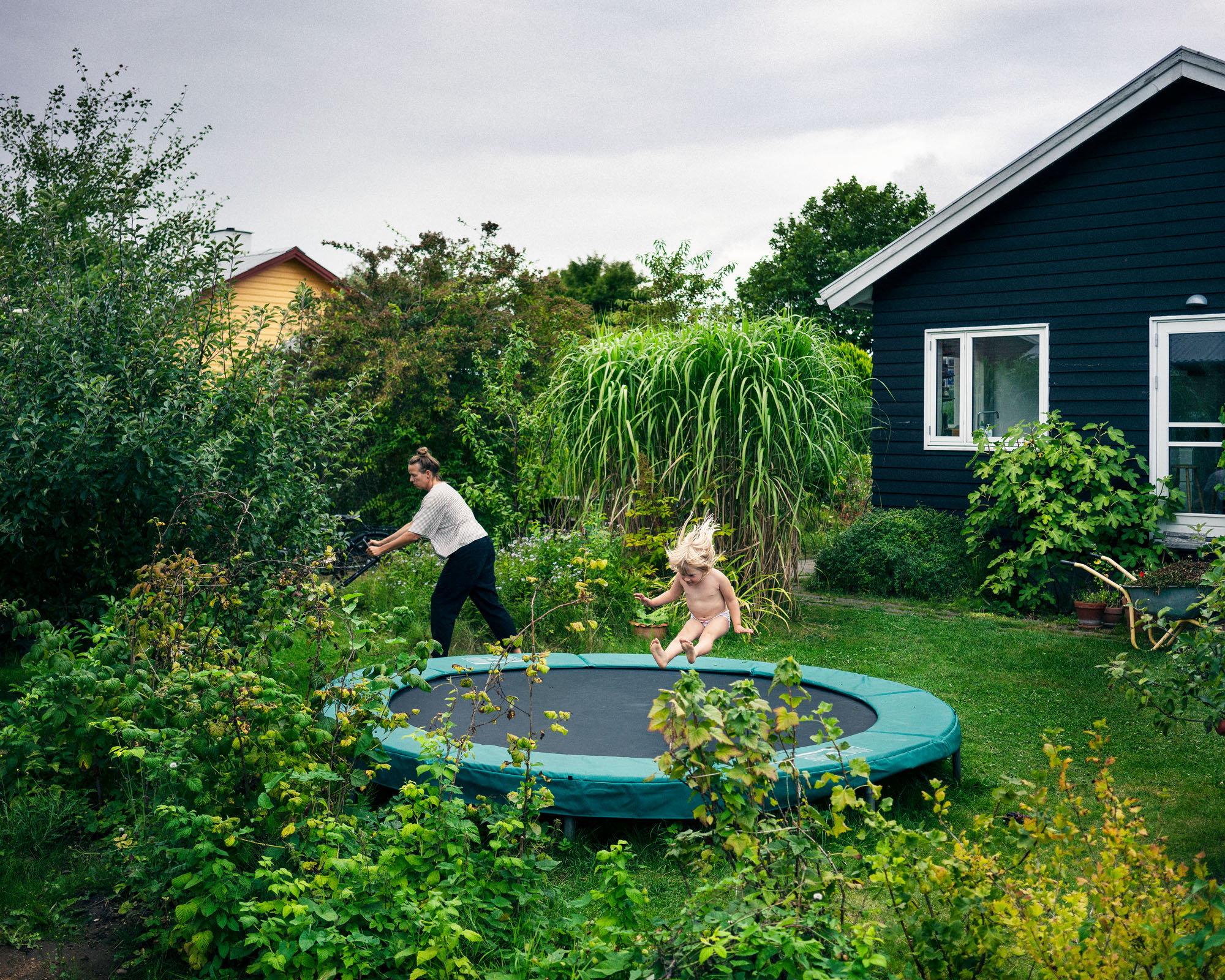

New Standards presents the history and legacy of Puutalo Oy (Timber Houses Ltd.), a Finnish industrial enterprise that was established in 1940 to house war refugees and expanded quickly into a worldwide exporter of prefabricated wooden houses.
The Puutalo consortium was established by 21 Finnish timber companies in order to coordinate the design and production of wooden houses, but it also created a model of manufacturing and construction that helped to modernise Finland’s building industry.
From 1940 to 1955, Puutalo shipped buildings to more than 30 countries around the world, quickly becoming one of Finland’s most widespread architectural exports.
The New Standards project will be exhibited in the Finnish Pavillion at the 17th International Architecture Exhibition of La Biennale di Venezia. The exhibition considers the legacy of Puutalo and its buildings 80 years since the founding of the company.
I was commissioned by Archinfo to offer a contemporary perspective on the Puutalo buildings and communities that still exist today. Documenting a wide range of contexts and climates from Finland to Colombia, these historical and contemporary views demonstrate that ‘how we live together’ is not only a question to be answered, but also a condition to be continuously examined.
![]()
Contemporary photography © Juuso Westerlund Archival images @ Central archives for Finnish business records (ELKA)Aarhus archival image © Århus Stadsarkiv
Images of the exhibition © Ugo Carmeni
Texts written by the exhibition curators Laura Berger, Kristo Vesikansa and Philip Tidwell.
You can find the full info of the project from the New Standars official website.
The Puutalo consortium was established by 21 Finnish timber companies in order to coordinate the design and production of wooden houses, but it also created a model of manufacturing and construction that helped to modernise Finland’s building industry.
From 1940 to 1955, Puutalo shipped buildings to more than 30 countries around the world, quickly becoming one of Finland’s most widespread architectural exports.
The New Standards project will be exhibited in the Finnish Pavillion at the 17th International Architecture Exhibition of La Biennale di Venezia. The exhibition considers the legacy of Puutalo and its buildings 80 years since the founding of the company.
I was commissioned by Archinfo to offer a contemporary perspective on the Puutalo buildings and communities that still exist today. Documenting a wide range of contexts and climates from Finland to Colombia, these historical and contemporary views demonstrate that ‘how we live together’ is not only a question to be answered, but also a condition to be continuously examined.

Contemporary photography © Juuso Westerlund Archival images @ Central archives for Finnish business records (ELKA)Aarhus archival image © Århus Stadsarkiv
Images of the exhibition © Ugo Carmeni
Texts written by the exhibition curators Laura Berger, Kristo Vesikansa and Philip Tidwell.
You can find the full info of the project from the New Standars official website.

FINNEBY
Aarhus, Denmark
The Finneby neighborhood of Aarhus, built in the mid 1940s, is the largest complex of Puutalo houses in Denmark. In return for wooden buildings and other products from the forest industry, Denmark exported food to Finland.
The neighborhood was built by the City of Aarhus about 3 km west of the urban centre, in an area that had been mostly undeveloped. Houses were sold to working-class families at affordable prices
Today, Finneby is a popular middle-class residential area with a close-knit community and an active residents´ association.
Aarhus, Denmark
The Finneby neighborhood of Aarhus, built in the mid 1940s, is the largest complex of Puutalo houses in Denmark. In return for wooden buildings and other products from the forest industry, Denmark exported food to Finland.
The neighborhood was built by the City of Aarhus about 3 km west of the urban centre, in an area that had been mostly undeveloped. Houses were sold to working-class families at affordable prices
Today, Finneby is a popular middle-class residential area with a close-knit community and an active residents´ association.

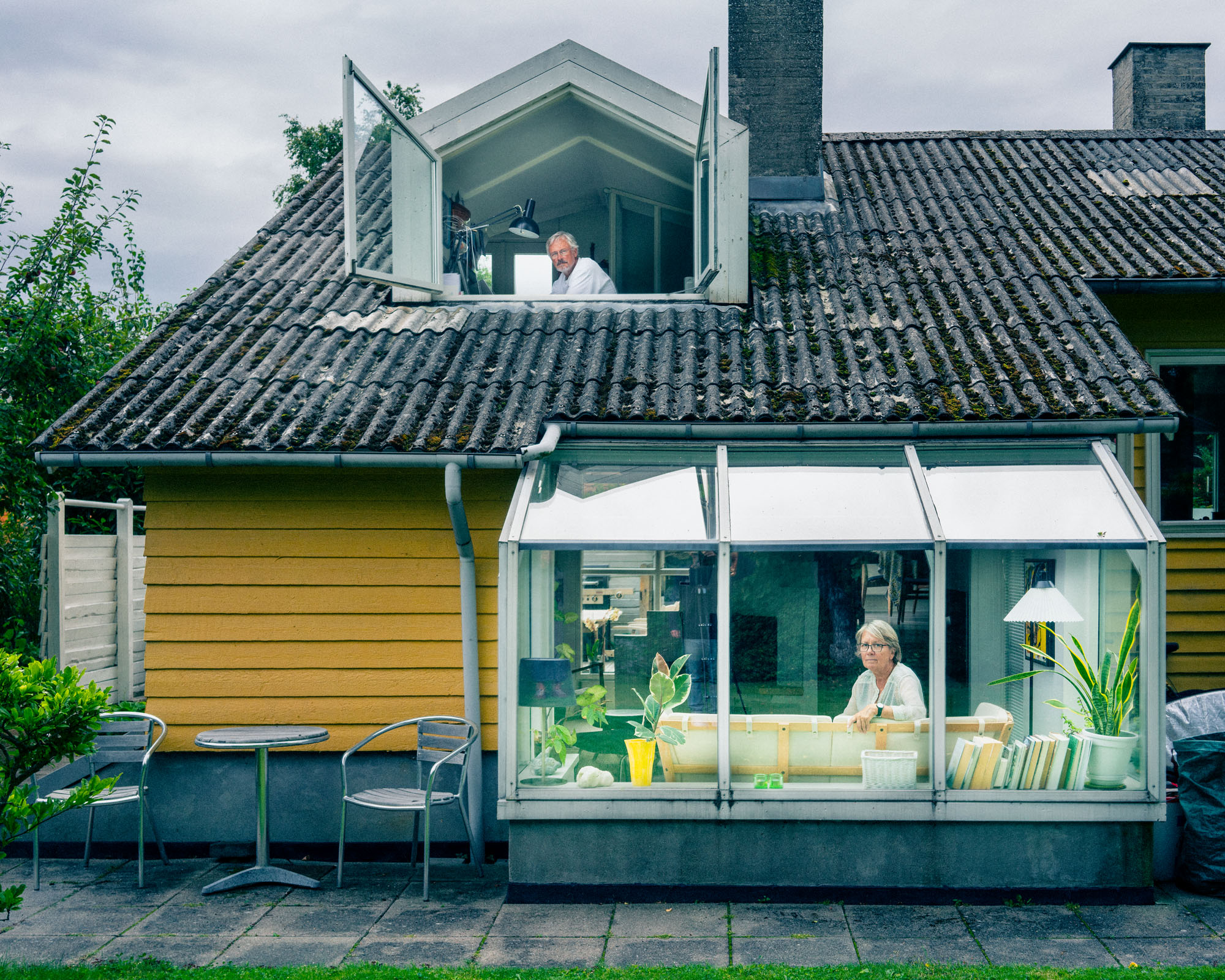

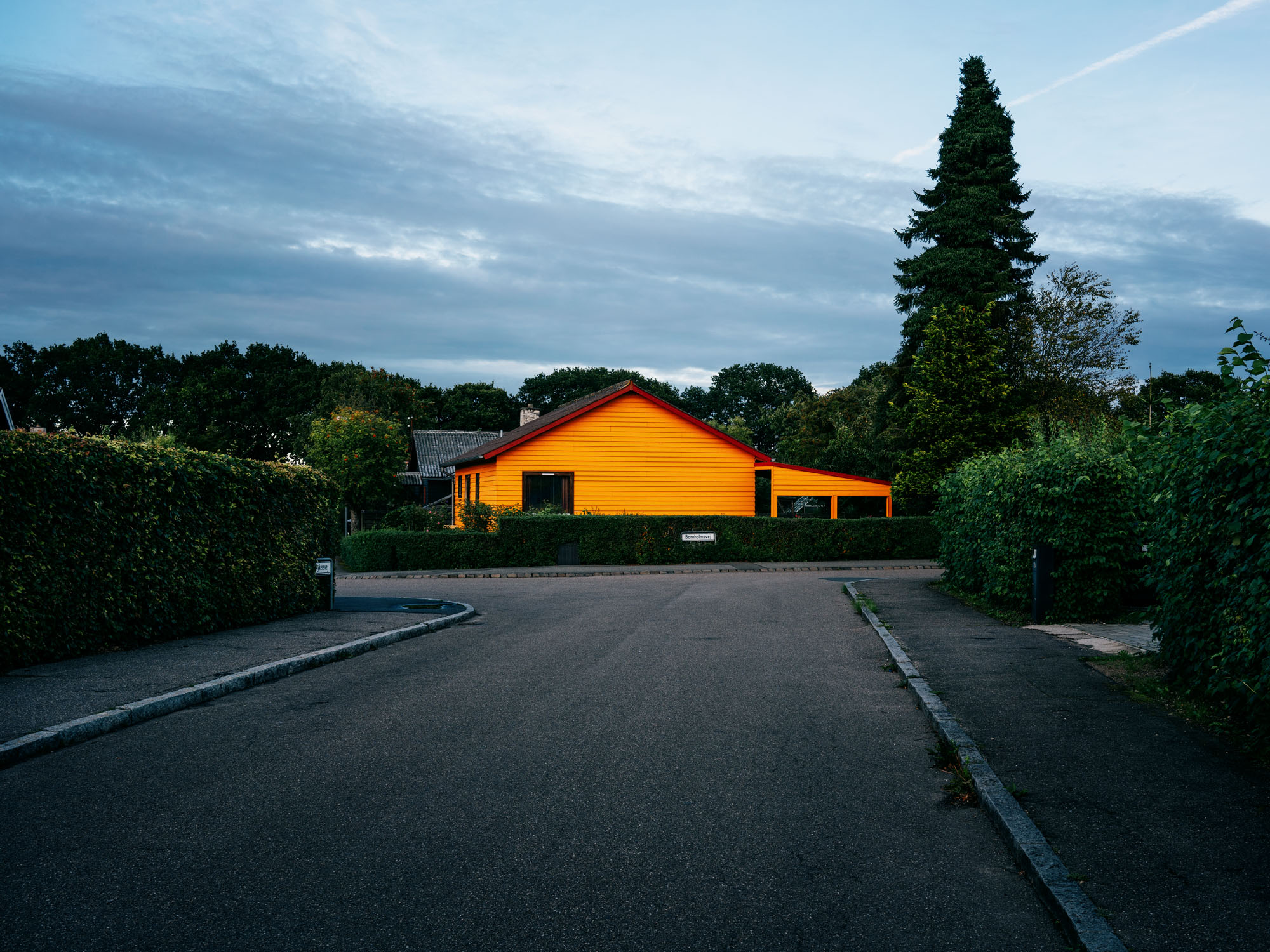
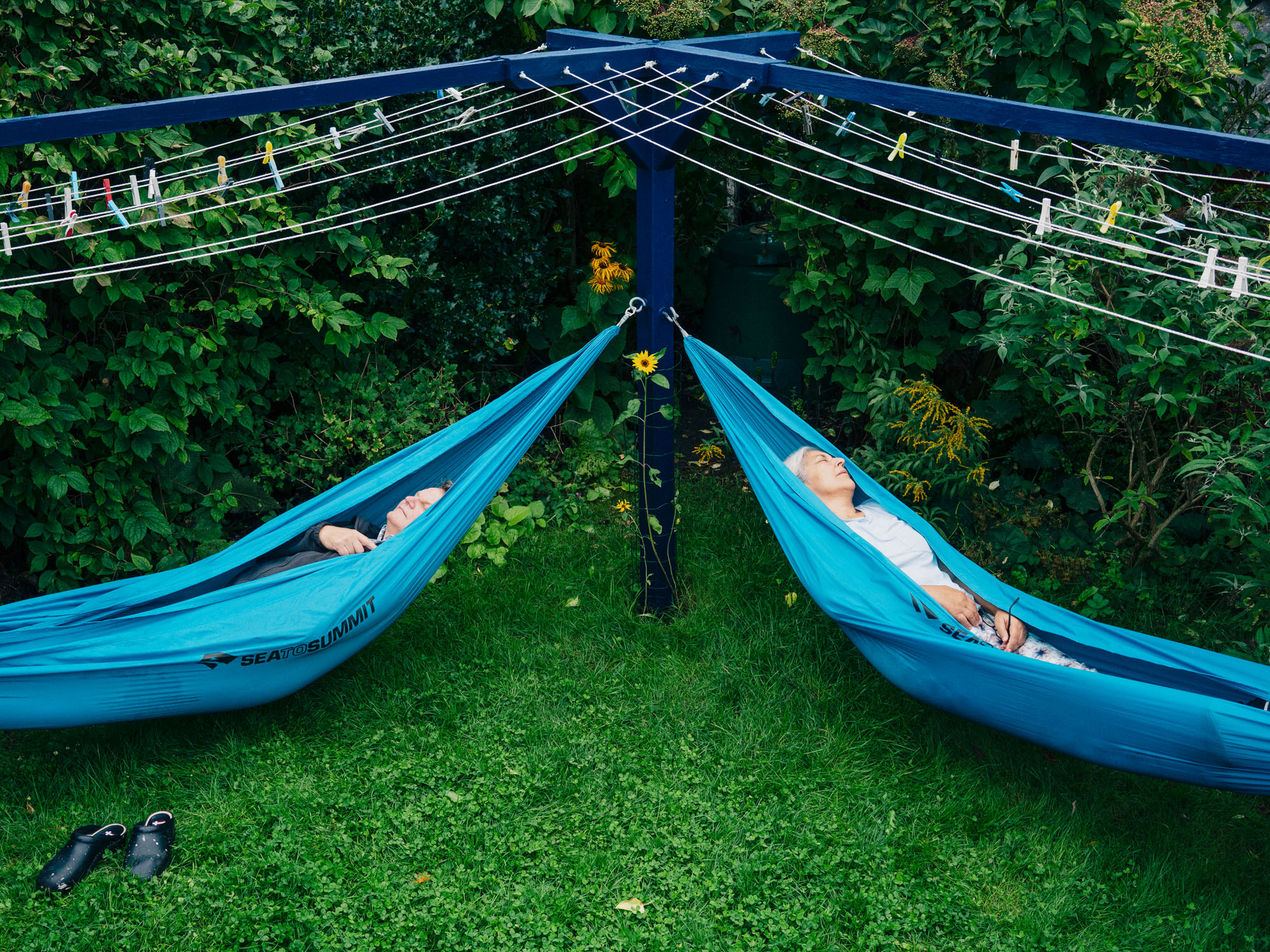




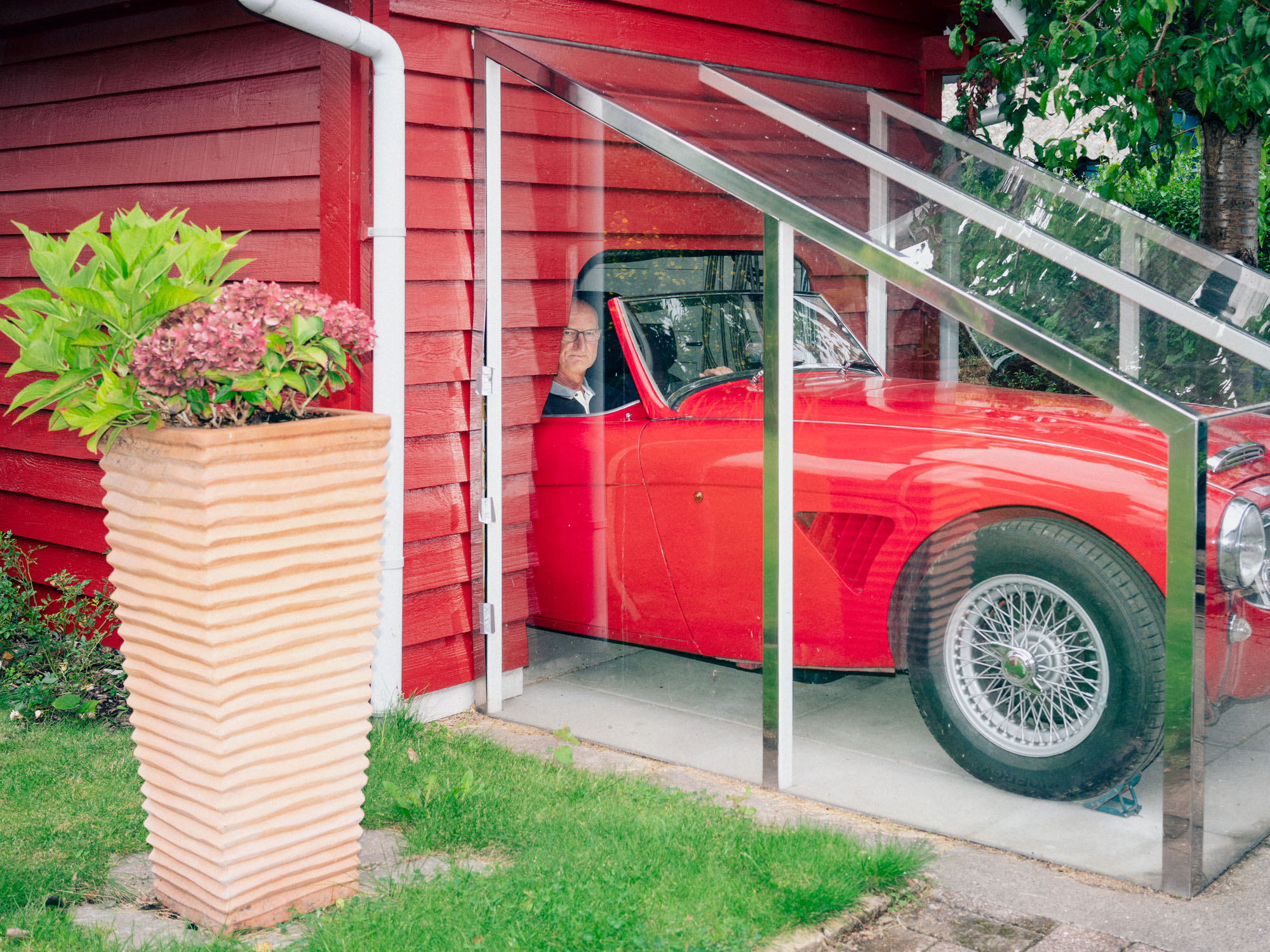
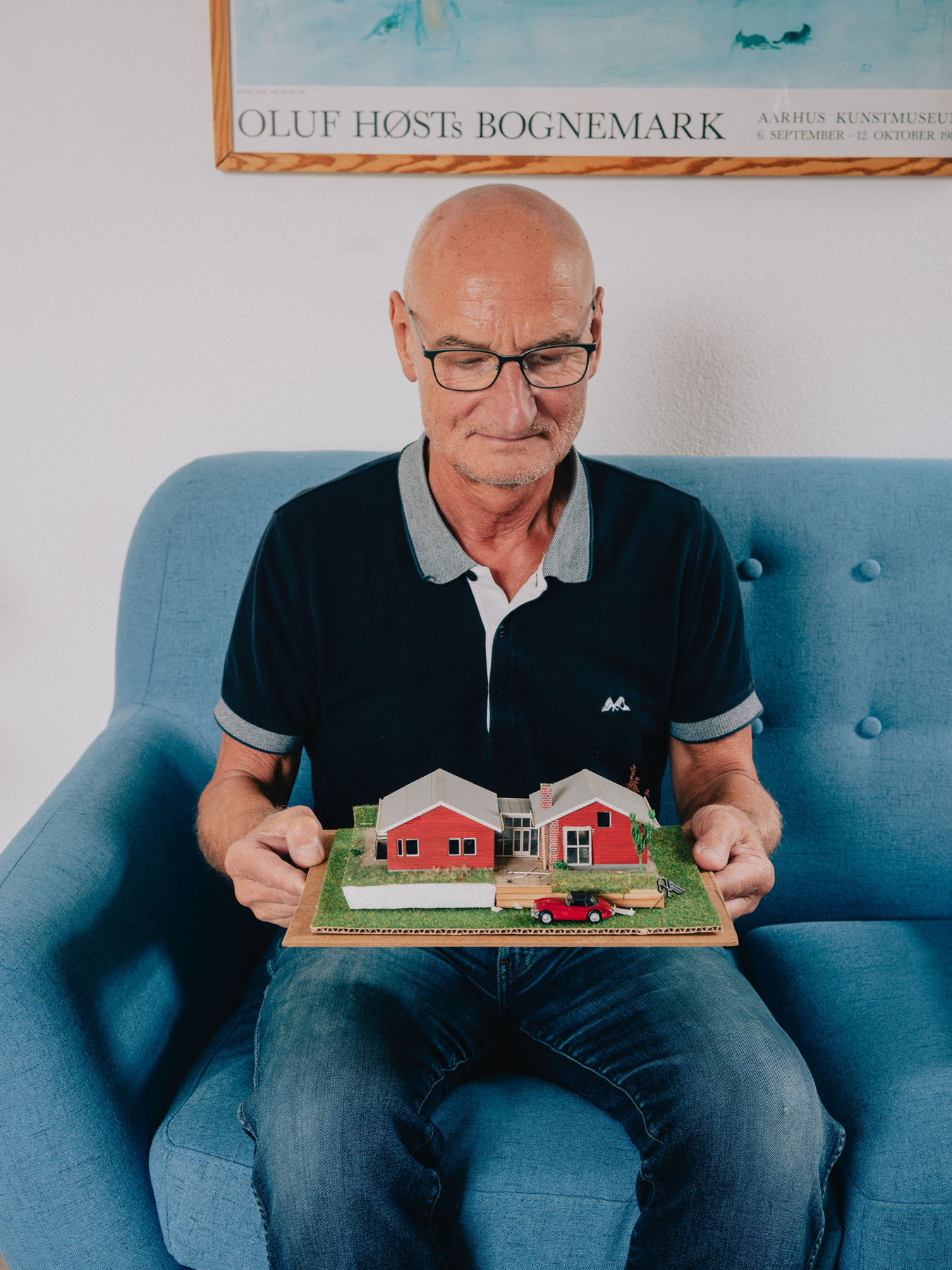
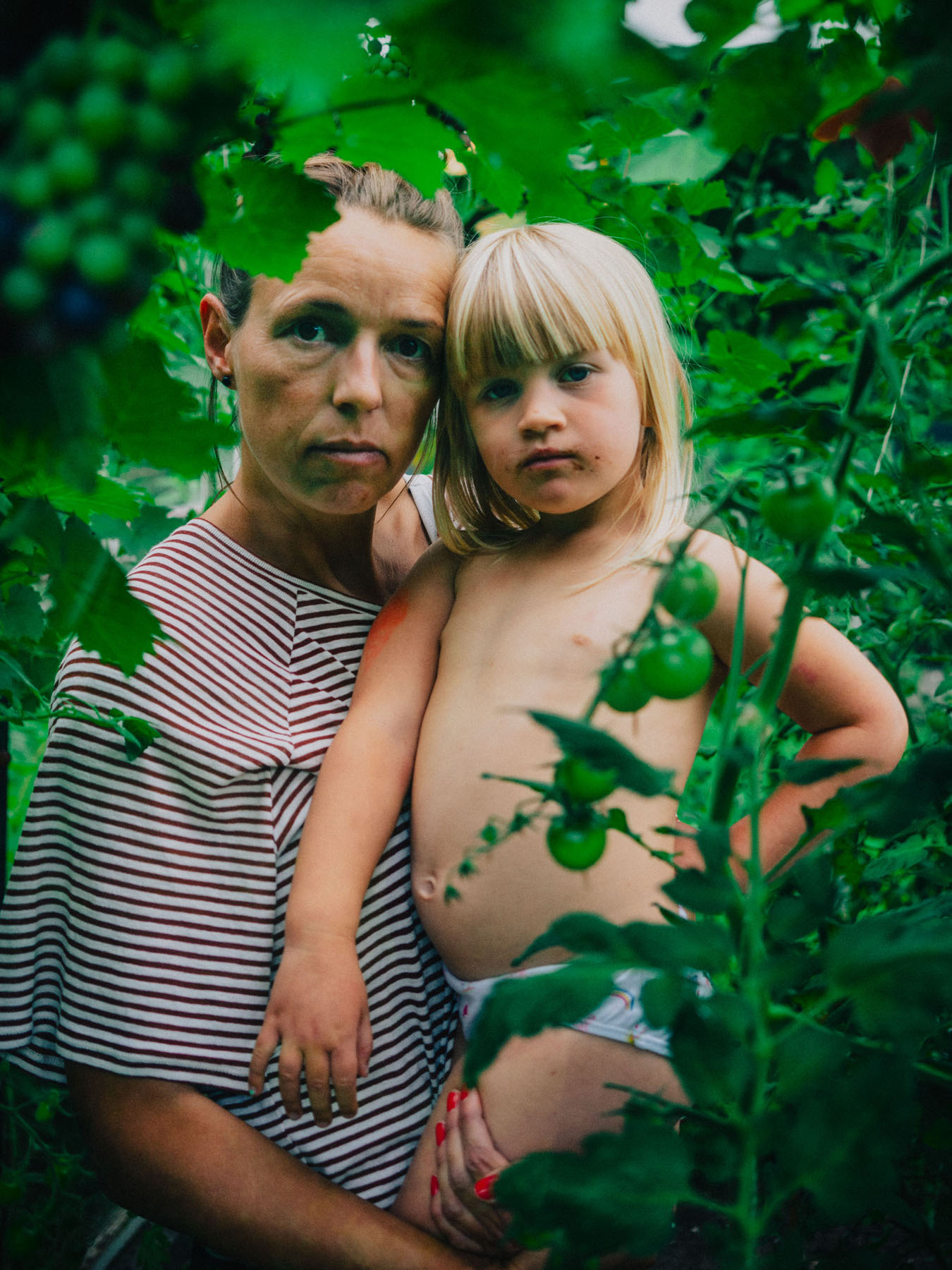

SIMON BOLIVAR
Barranquilla, Colombia
The neighborhood known today as Simón Bolívar was built in the mid 1950s in the port city of Barranquilla, along the Caribbean coast of Colombia. The existing ‘Las Nieves’ airport was relocated to the periphery of the city, making space for a new housing area that would accommodate thousands of working-class families. As part of this effort, a trade deal was signed in 1955 that required 2,700 wooden houses from Finland in exchange for $3 million of Colombian coffee. Today, the neighborhood has become dramatically denser, especially along the main boulevard. Most houses have been replaced by larger structures of concrete and masonry, but distinctive wooden façades can be found along many blocks. The area maintains a strong identity as a vibrant, working-class community and many of the homes are still occupied by descendants of the original owners.
Barranquilla, Colombia
The neighborhood known today as Simón Bolívar was built in the mid 1950s in the port city of Barranquilla, along the Caribbean coast of Colombia. The existing ‘Las Nieves’ airport was relocated to the periphery of the city, making space for a new housing area that would accommodate thousands of working-class families. As part of this effort, a trade deal was signed in 1955 that required 2,700 wooden houses from Finland in exchange for $3 million of Colombian coffee. Today, the neighborhood has become dramatically denser, especially along the main boulevard. Most houses have been replaced by larger structures of concrete and masonry, but distinctive wooden façades can be found along many blocks. The area maintains a strong identity as a vibrant, working-class community and many of the homes are still occupied by descendants of the original owners.


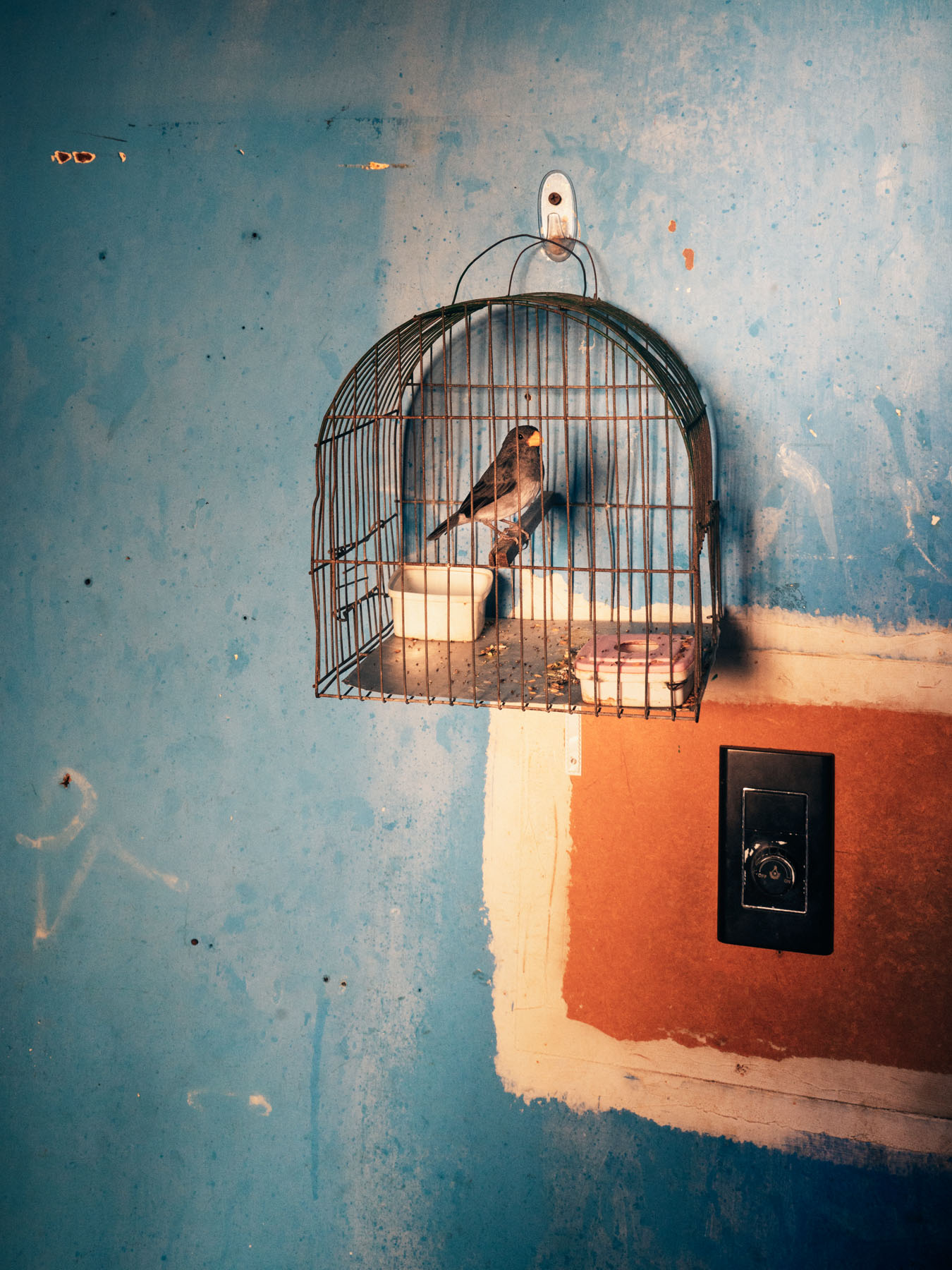




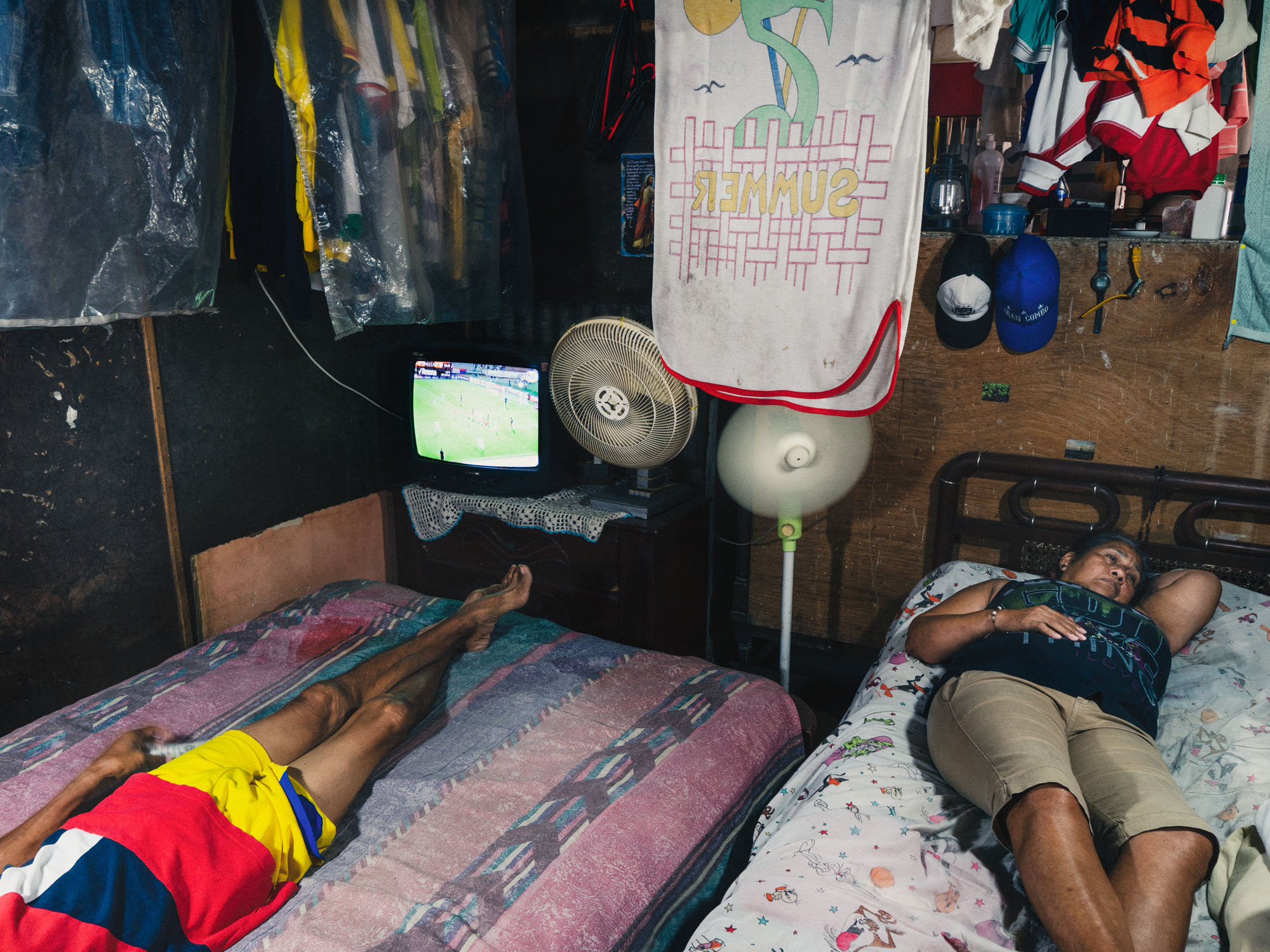






MARTTILA
Helsinki, Finland
The Marttila neighborhood of Helsinki was built in the early 1940s as a residential area for war veterans injured during the Fenno-Soviet Winter War (1939-1940).
Although the region of Northwest Helsinki has changed dramatically since the 1940s, the Marttila neighborhood has retained a more suburban character than most of the surrounding area.
Although the region of Northwest Helsinki has changed dramatically since the 1940s, the Marttila neighborhood has retained a more suburban character than most of the surrounding area.














